
Snake plant: How to care for and grow them
Welcome to the Topic “Snake plant: How to care for and grow them”
When it comes to picking a hard-to-kill houseplant, there isn't a better selection than the snake plant. Snake plants, also known as mother-in-law's tongue, snake plants are native to tropical West Africa. They are incredibly indestructible because their leaves retain water. With appropriate care, these popular, low-maintenance plants may reach anywhere from eight inches to 12 feet in height, depending on the type.
Snake plants have thin, erect leaves with bright white and yellow stripes, making them an easy choice for bringing life into your home or workplace.
Snake Plant Care Instructions
Snake plants are an excellent option for beginners since they can withstand a lot of neglect. They make excellent indoor container plants, but they may also be grown outdoors in warm areas.
Snake Plant Care: Soil
Snake plants thrive in free-draining soil since they are prone to decay. To guarantee proper drainage, use a soilless potting mixture. Also, choose a terracotta pot that won't retain water inside and remove any standing water from the saucer as soon as possible.

Snake Plant Care: Sunlight
While bright, indirect sunlight is optimal for snake plants, they can endure a variety of other extreme situations, such as a room with full sun or a dark nook. To boost the plant's capacity to photosynthesize, dust the leaves with a moist cloth on a regular basis.
Snake Plant Care: Water
This tough plant has wide leaves that can hold a lot of water. As a result, water is only when the soil is practically dry, which might be every two to eight weeks. Keep in mind that misting the foliage is optional.
Snake Plant Propagation
Snake plants have rhizomes that may be readily split. Although this may be done at any time of year, spring is ideal. Because summer is the growing season, your freshly propagated plants will likewise grow quicker.
Leaf cuttings may also be used to grow snake plants. Simply cut 2 to 3-inch segments of a leaf and insert them approximately 1 inch deep in snake plant soil. Plant cuttings pointing up in the same direction they were growing.

Planting a Snake Plant
Unless its roots are bursting out of the bottom of the container, you may probably leave your snake plant in its original pot for a time after you get it home. Snake plants grow slowly and do not need repotting very frequently. If it's outgrown its present container, repot it in the spring into a little bigger one. Use houseplant or cactus compost or regular peat-free multi-purpose compost with horticultural grit. If your snake plant is tall, you should place it in a sturdy pot to keep it from tumbling over.
Takeaway
Snake plants are an excellent investment for a variety of reasons. They are anti-allergenic, have been found to improve one's mental health, provide a lovely scene of life to any surrounding places, are simple to care for, and much much more!
Do you want to buy snake plants online but don't know where to start? Don't worry; we've got your back. Visit Chhajed Garden to discover a wide snake plants variety.
Have any questions regarding the topic "Snake plant: How to care for and grow them" feel free to comment below.
Snake Plants Collection
-
Original price Rs. 549.00Original price Rs. 549.00 - Original price Rs. 549.00Original price Rs. 549.00Current price Rs. 349.00Rs. 349.00 - Rs. 349.00Current price Rs. 349.00
Sansevieria (Snake Plant) Black Gold Superba
Our customers favorite, the Sansevieria Suberba Black Gold is a real eye-catcher! Its striking blackest green leaves with golden edges bring instan...
View full detailsOriginal price Rs. 549.00Original price Rs. 549.00 - Original price Rs. 549.00Original price Rs. 549.00Current price Rs. 349.00Rs. 349.00 - Rs. 349.00Current price Rs. 349.00Sale -
Original price Rs. 449.00Original price Rs. 449.00 - Original price Rs. 449.00Original price Rs. 449.00Current price Rs. 229.00Rs. 229.00 - Rs. 229.00Current price Rs. 229.00
Sansevieria (Snake Plant) Crooked Plant
The Crooked Snake Plant (Twisted Sister Snake Plant) has vibrant gold and green variegated foliage with unique twists and curls, making it a belove...
View full detailsOriginal price Rs. 449.00Original price Rs. 449.00 - Original price Rs. 449.00Original price Rs. 449.00Current price Rs. 229.00Rs. 229.00 - Rs. 229.00Current price Rs. 229.00Sale -
Original price Rs. 600.00Original price Rs. 600.00 - Original price Rs. 600.00Original price Rs. 600.00Current price Rs. 449.00Rs. 449.00 - Rs. 449.00Current price Rs. 449.00
Sansevieria (Snake Plant) Cylindrica Boncel
Sansevieria cylindrica Boncel is an exotic, fan-shaped beauty straight from Angola! Known for its distinct tube-like spikes emerging from a central...
View full detailsOriginal price Rs. 600.00Original price Rs. 600.00 - Original price Rs. 600.00Original price Rs. 600.00Current price Rs. 449.00Rs. 449.00 - Rs. 449.00Current price Rs. 449.00Sale -
Original price Rs. 399.00Original price Rs. 399.00 - Original price Rs. 399.00Original price Rs. 399.00Current price Rs. 169.00Rs. 169.00 - Rs. 169.00Current price Rs. 169.00
Sansevieria (Snake Plant) Dwarf Hahnii Jade Marginata Plant
The Sansevieria Hahnii Jade Marginata, also known as the Jade Marginata Snake Plant, is a flowering plant native to Africa, Madagascar, and souther...
View full detailsOriginal price Rs. 399.00Original price Rs. 399.00 - Original price Rs. 399.00Original price Rs. 399.00Current price Rs. 169.00Rs. 169.00 - Rs. 169.00Current price Rs. 169.00Sale -
Original price Rs. 649.00Original price Rs. 649.00 - Original price Rs. 649.00Original price Rs. 649.00Current price Rs. 549.00Rs. 549.00 - Rs. 549.00Current price Rs. 549.00
Sansevieria (Snake Plant) Ehrenbergii Samurai Dwarf Plant
Out of stockThis is the rare Sansevieria 'Samurai Dwarf', a special plant thought to come from Africa. Standing just 4-6 inches tall, it's quite petite. Its sh...
View full detailsOriginal price Rs. 649.00Original price Rs. 649.00 - Original price Rs. 649.00Original price Rs. 649.00Current price Rs. 549.00Rs. 549.00 - Rs. 549.00Current price Rs. 549.00Sold out

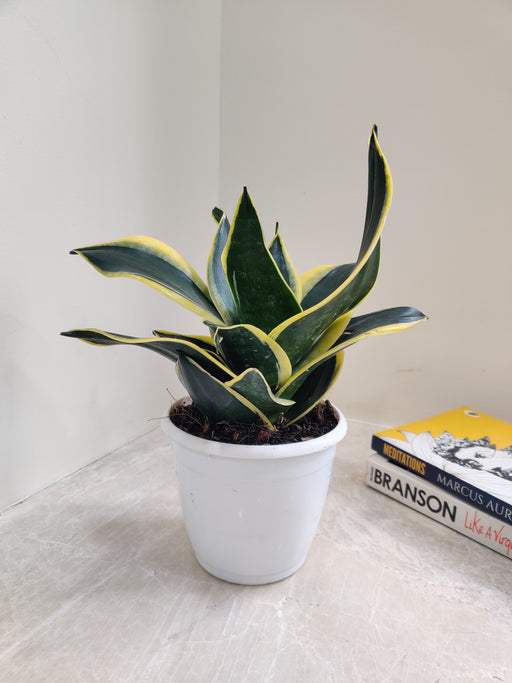
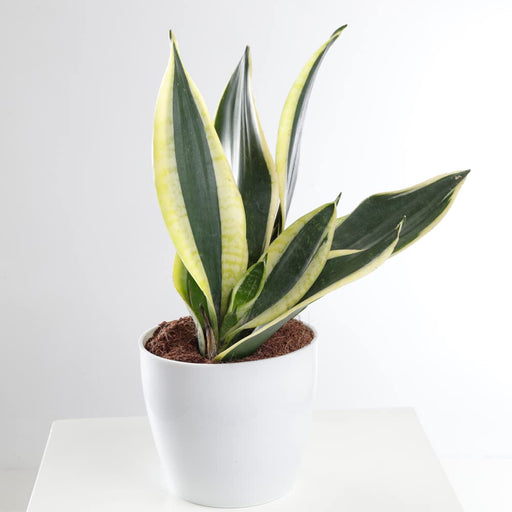
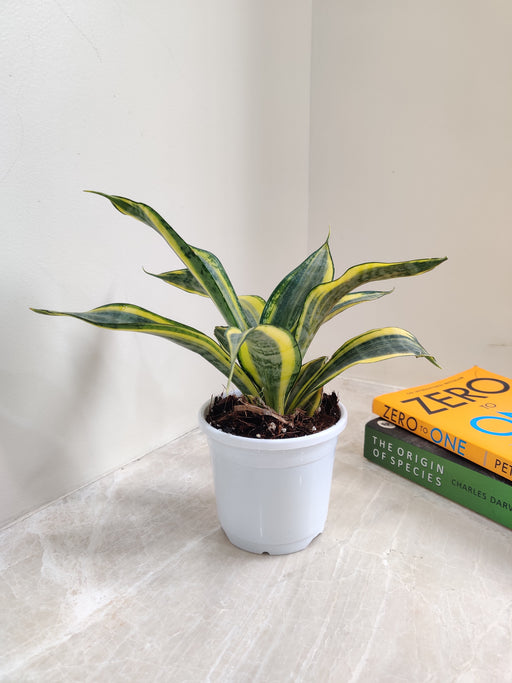
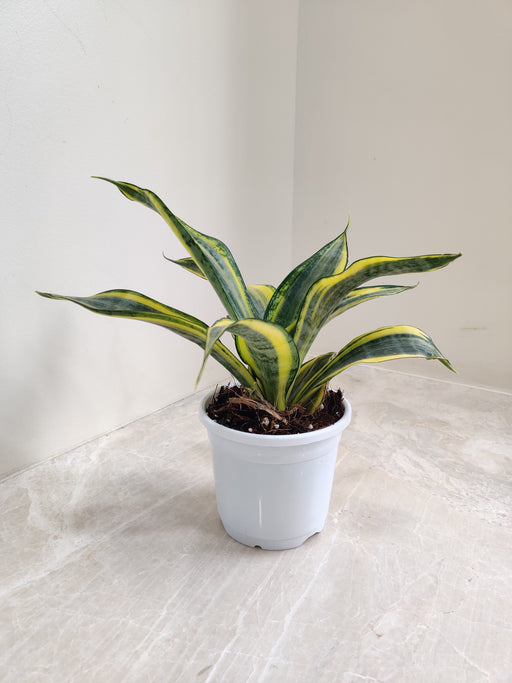
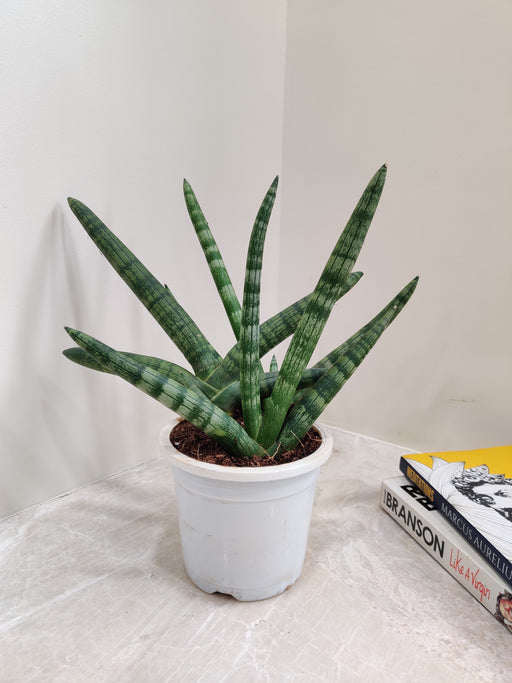
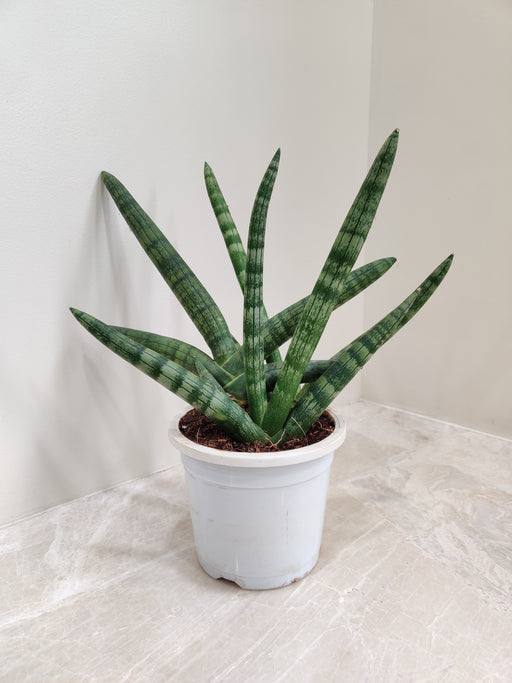
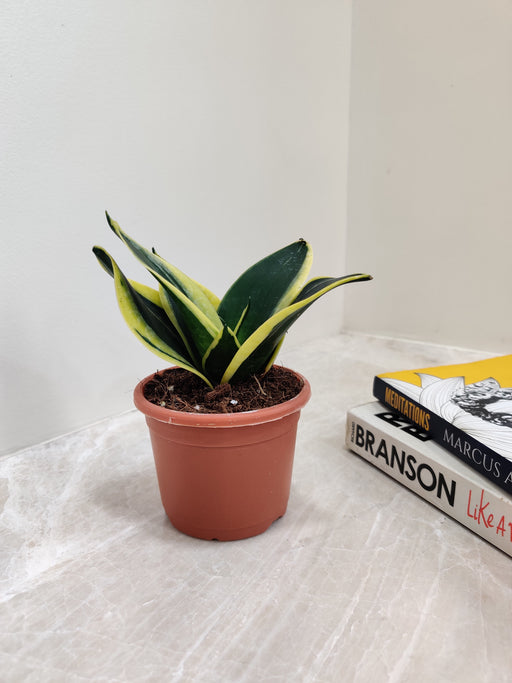
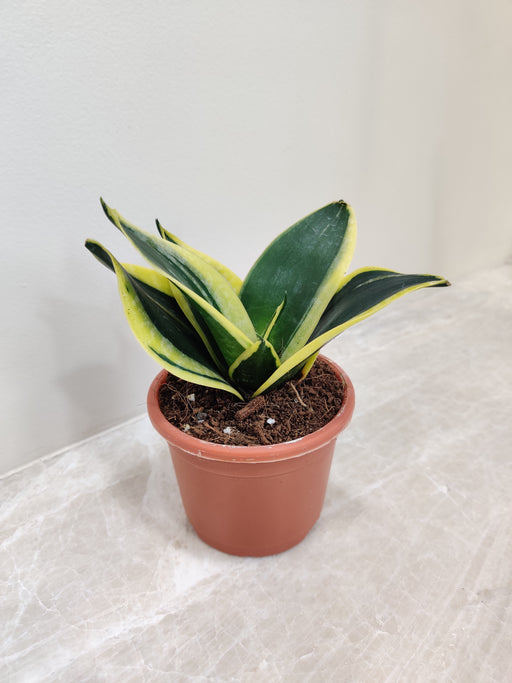
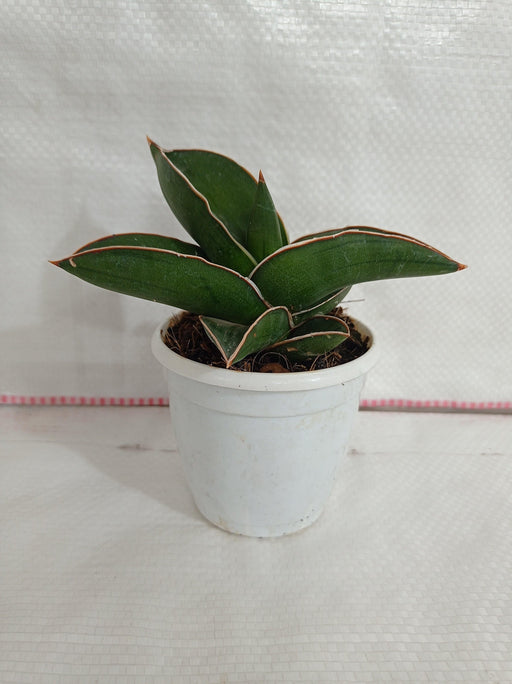
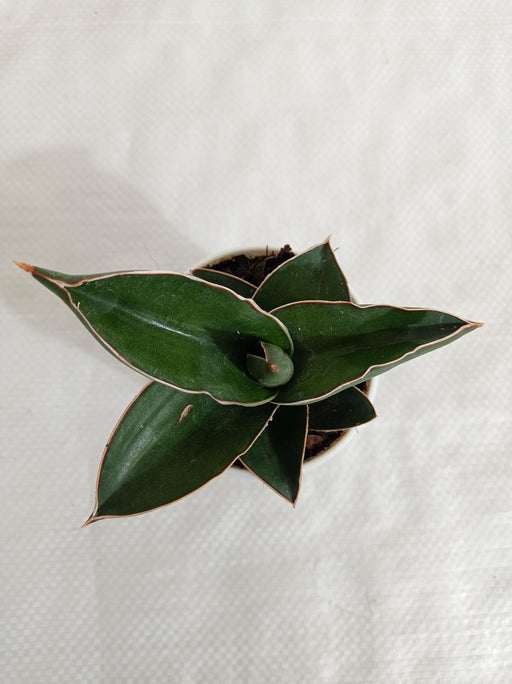
Leave a comment